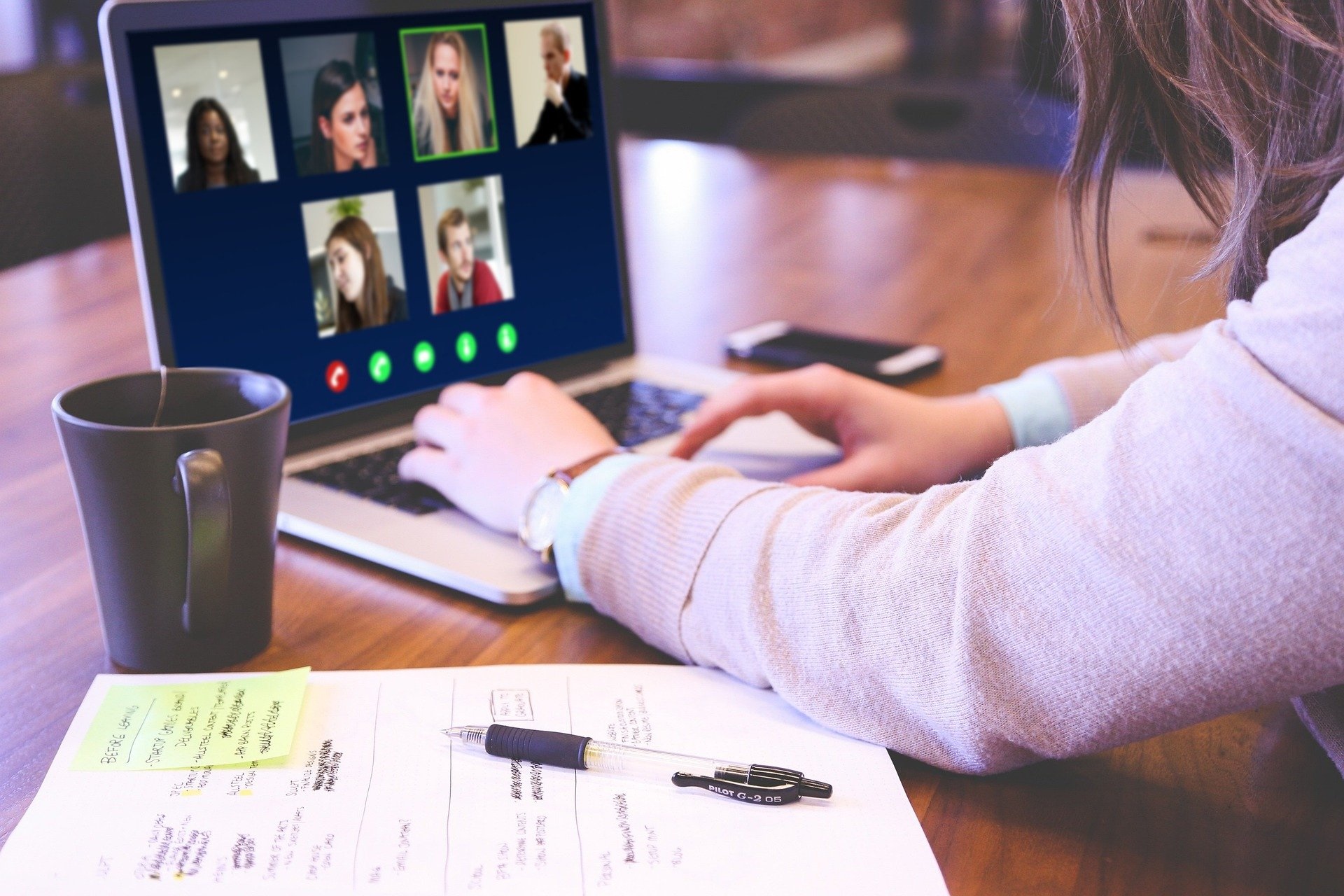I feel certain that you and your employees are feeling the effects of the racial and political strife going on in our country today. I’ve been coaching a number of my clients on the importance of staying close to how these events are affecting their employees. Many are in great pain watching the violent demonstrations in the news. Remember everyone perceives these events through their own lens. For me it brought up the pain of what I watched on TV in 1968 following the assasination of Martin Luther King and the realization of how much work is yet to be done around the topic of race in America.
One of the most cited workplace trends is about the “employee experience”. Admittedly, it’s a broad category that encompasses many factors. Buzz words like workplace culture and office amenities probably come to mind. But, it’s important to note that within the “employee experience”, lies mental wellbeing. It is precisely this aspect of the “employee experience” that is receiving much overdue attention. What once had heavy workplace stigma is finally being recognized as a key part of ensuring a productive and dedicated workforce.
What is mental wellbeing?
When people are under a lot of stress or duress, they are prone to be more emotionally reactive such as losing their temper or crying easily. They can also become detached by isolating themselves or becoming moody. This state of mind is not healthy for anyone whether they are at work or at home.
What can you do to cater to the mental wellbeing of your employees? It’s a loaded question with multiple approaches. For example, PwC is providing 24/7 counseling and other employers offer Employee Assistant Programs as an approach that may be more realistic for business owners. Another solution is through education.
4 steps to enhance employee well being
So, this month, I will cover 4 well-researched and widely accepted ways to positively influence the mental wellbeing for you and your employees such as...
-
Dangers of multitasking
-
Benefits of “unplugging”
-
Stress management tips
-
Benefits of meditation and mindfulness.
Multitasking
Let’s begin with the topic of multi-tasking. It may appear moms are expert multitaskers but, most of us can’t do it well. In fact, a study by Jason Watson and David Strayer from the University of Utah, Salt Lake City, found that just 2.5% of people are able to multitask effectively. In the workplace, negative effects of multitasking include: reduced productivity, increased error rate, decreased learning ability (due to increased distractibility), and ultimately more stress.
In today’s work environment multitasking seems almost unavoidable. We often have multiple tasks and we’re constantly bombarded by email, text, instant messages, phone calls and meetings. Even so, it is possible to decrease instances of multitasking. Educating and arming yourself, your team leaders, and employees with the tools to reduce multitasking can be mutually advantageous.
I’ve identified 4 actionable steps you can take to reduce instances of multitasking to help get you started.
-
First, get rid of distractions from your phone and computer. Examples include, removing email notifications, silencing your phone, and working in a quiet area. It’s not as hard as you might imagine. There are a multitude of apps and utilities that allow the user to limit web access as well as determine when notifications will be pushed.
-
Create a to-do list and prioritize it. The goal here is to avoid switching tasks. The American Psychological Association reported that even the slightest mental interruptions caused by switching tasks can cut productivity by up to 40%. Taking you 25 minutes to get back to the “zone” you were previously in.
-
Schedule yourself to strengthen your focus. Often, the more mentally challenging a task is, the less time we want to focus on it. Schedule a small block of time on your calendar dedicated to performing this task each day. Be mindful of when distractions sneak into your thoughts. Over time, you should be able extend the amount of time you’re able to dedicate towards the task.
-
Check emails three times a day or at least limit the number of times daily. Do it when you need a break from your tedious work or from brain-draining work. This practice can be applied to text messages or IMs as well.
Multitasking is a silent productivity killer and source of stress for many of us. Limiting it is a great starting point for improved mental wellbeing and less stress for yourself and your employees. Give the knowledge to others to recognize when multitasking occurs and its potential negative effects. You can provide the tools and training, so each individual can reduce multitasking in ways which work best for them.
Regarding my reference to staying in touch with your employees at this time...have you checked in with each of your direct reports to make sure they are coping with all that is going on now politically and on the race relations front? If not, I can tell you they will appreciate your empathy and concern for their mental well being. Transforming your employees’ experience begins with you, the leader. If you need assistance identifying ways in which you can begin to make changes, please contact me.

